585.204.6770
sale@sanblueplastics.com
Your Source for Trays!
Understanding the Advantages of Vacuum Forming Machines in Modern Manufacturing Processes
The implementation of vacuum forming machines has become increasingly pivotal in modern manufacturing processes, offering distinct advantages that cater to the evolving demands of various industries. According to a recent market analysis by Grand View Research, the global vacuum forming market is expected to reach USD 3.5 billion by 2025, growing at a CAGR of 5.2%. This growth can be attributed to the technology's efficiency and versatility in producing a wide range of products, from packaging to automotive components. Furthermore, a report from MarketsandMarkets highlights that the need for lightweight components and sustainable materials is driving innovation in vacuum forming techniques. As manufacturers strive for cost-effectiveness and ecological responsibility, the vacuum forming machine stands out as a critical asset in optimizing production, reducing waste, and enhancing product design capabilities.

Consequently, understanding the advantages of vacuum forming machines not only reveals their role in increasing productivity but also underscores their significance in shaping the future of manufacturing.
Benefits of Vacuum Forming Machines in Streamlining Production Efficiency
Vacuum forming machines have gained significant traction in modern manufacturing due to their ability to streamline production efficiency. By utilizing heat to soften thermoplastic sheets and then forming them around a mold using vacuum pressure, this method reduces production times significantly. The quick setup and minimal tooling requirements associated with vacuum forming allow manufacturers to produce small to medium-sized runs more economically and rapidly, enabling businesses to respond swiftly to market demands.
Moreover, the versatility of vacuum forming enables the creation of complex shapes and designs with high precision. This capability not only enhances the aesthetic appeal of products but also contributes to functionality. The ability to produce lightweight yet durable components makes vacuum forming an attractive option for various industries, including automotive, packaging, and consumer products. By minimizing waste material and optimizing resource use, vacuum forming machines promote sustainable practices alongside improved production workflows, further solidifying their role in efficient manufacturing processes.
Understanding the Advantages of Vacuum Forming Machines in Modern Manufacturing Processes
Key Industry Statistics Highlighting Vacuum Forming's Cost-Effectiveness
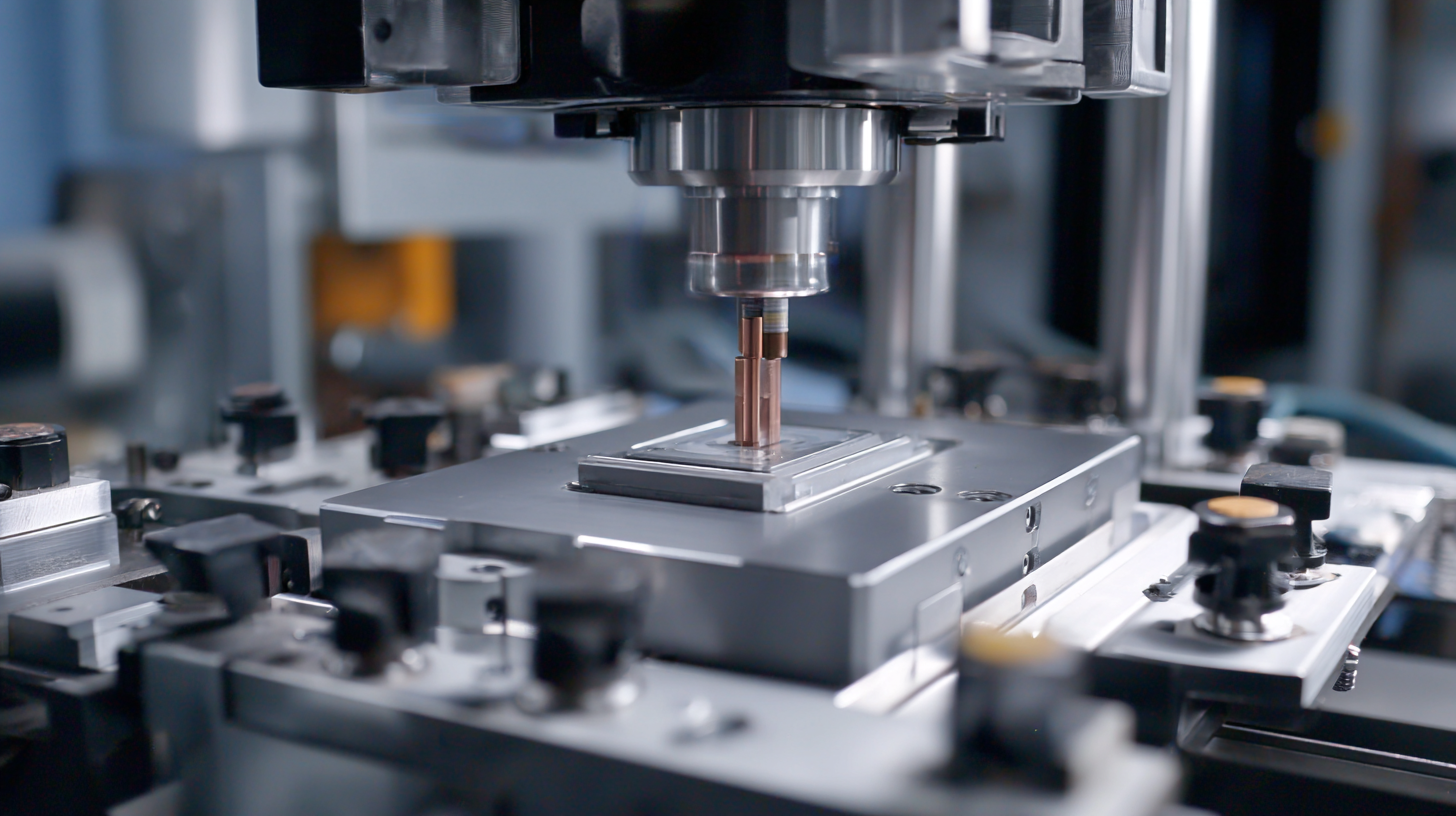 Vacuum forming has emerged as a pivotal technology within modern manufacturing processes, particularly due to its remarkable cost-effectiveness. According to industry reports, the global market for vacuum forming machines is expected to see substantial growth, driven by diverse applications across various sectors, including packaging and aerospace. The ability to produce high-quality, customized parts at a fraction of traditional manufacturing costs drives this trend, enabling businesses to meet consumer demands swiftly and efficiently.
Vacuum forming has emerged as a pivotal technology within modern manufacturing processes, particularly due to its remarkable cost-effectiveness. According to industry reports, the global market for vacuum forming machines is expected to see substantial growth, driven by diverse applications across various sectors, including packaging and aerospace. The ability to produce high-quality, customized parts at a fraction of traditional manufacturing costs drives this trend, enabling businesses to meet consumer demands swiftly and efficiently.
Key statistics further emphasize vacuum forming's economic advantages. A recent study highlighted that industries adopting vacuum forming technology can reduce production time by up to 50% compared to conventional methods. Moreover, with material waste minimized and energy consumption reduced, manufacturers find that their overall operational expenses decline significantly. As industries continue to focus on sustainability and efficiency, vacuum forming solidifies its position as a cost-effective choice, aligning with the evolving demands of the marketplace and reinforcing its essential role in modern manufacturing frameworks.
Comparative Analysis: Vacuum Forming vs. Traditional Manufacturing Methods
Vacuum forming has rapidly emerged as a pivotal technology within the realm of modern manufacturing, especially when compared to traditional methods such as injection molding and thermoforming. According to a report from Technavio, the global vacuum forming market is projected to grow by 12% through 2027, showcasing its increasing adoption across various industries including automotive, packaging, and consumer goods. The key advantage lies in its cost-effectiveness, especially for small to medium production runs. Unlike traditional methods, vacuum forming requires less upfront investment in molds, which can be a critical factor for startups and smaller manufacturers.
Moreover, vacuum forming allows for greater design flexibility and shorter turnaround times. A study conducted by the Society of Plastics Engineers highlights that the lead time for tooling in vacuum forming can be reduced by up to 50% compared to injection molding processes. This not only accelerates the product development cycle but also enables manufacturers to respond more swiftly to market demands. As industries lean towards rapid prototyping and custom designs, vacuum forming is proving to be an advantageous alternative that balances quality and cost, positioning it favorably against conventional manufacturing techniques.
Innovative Applications of Vacuum Forming in Various Manufacturing Sectors
Vacuum forming has revolutionized various manufacturing sectors, offering innovative solutions that enhance production efficiency and design complexity. Industries such as automotive, packaging, and medical devices are increasingly adopting vacuum forming due to its versatility and cost-effectiveness. According to a report by Smithers Pira, the global vacuum forming market is projected to grow at a CAGR of 3.8% over the next five years, driven by rising demand for custom-made packaging and lightweight components in automotive manufacturing.
In the automotive industry, vacuum forming allows for the rapid production of intricate interior and exterior parts, minimizing material waste while maximizing design flexibility. For instance, companies can produce customized dashboard covers and door panels that fit seamlessly with different vehicle models. Similarly, in the packaging sector, vacuum forming enables businesses to create secure, tailored packaging solutions that protect products during transportation, contributing to a sustainable approach by reducing excess materials.
**Tips:**
1. When incorporating vacuum forming into your production process, analyze your design requirements to determine optimal material choices that balance durability and aesthetics.
2. Keep an eye on advancements in vacuum forming technology, such as automated systems, which can significantly reduce production time and costs while improving accuracy.

Future Trends of Vacuum Forming Technologies in Modern Manufacturing Practices
Vacuum forming technology is poised for significant advancements in modern manufacturing practices, driven by the growing demand for customized solutions across various industries. According to a report by Research and Markets, the global vacuum forming market is projected to reach $6.8 billion by 2025, reflecting a compound annual growth rate (CAGR) of 6.5%. This growth is largely attributed to the increasing adoption of lightweight materials in sectors such as automotive, aerospace, and consumer goods, where efficient production and design flexibility are paramount.
The future trends in vacuum forming technologies will likely focus on integrating automation and smart manufacturing practices. With the rise of Industry 4.0, manufacturers are exploring advanced robotics and artificial intelligence to enhance the precision and efficiency of the vacuum forming process. A recent study by Allied Market Research suggests that automating vacuum forming can reduce production cycle times by up to 30%, significantly lowering operational costs. Moreover, advancements in material science are enhancing the properties of thermoplastics used in vacuum forming, heralding a new era of durability and sustainability, which aligns with the global push for eco-friendly manufacturing solutions.
Understanding the Advantages of Vacuum Forming Machines in Modern Manufacturing Processes
| Dimension | Details |
|---|---|
| Material Versatility | Compatible with a wide range of materials including plastics, foams, and composites. |
| Cost Efficiency | Lower tooling costs compared to other manufacturing methods. |
| Speed of Production | Faster cycle times lead to quicker turnaround on projects. |
| Design Flexibility | Allows for complex shapes and custom designs to be produced easily. |
| Environmental Impact | Often utilizes recyclable materials, reducing waste. |
| Automation Capabilities | Can be integrated into automated production lines for increased efficiency. |
| Worker Safety | Uses safer materials and processes compared to traditional methods. |
Related Posts
-

Leading Global Manufacturers of Best Vacuum Forming Machines Transforming the Industry
-
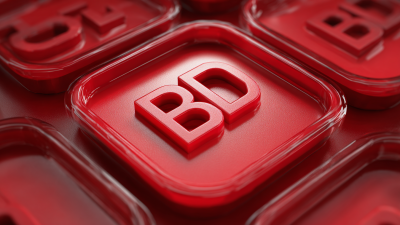
Maximizing Longevity and Reducing Maintenance Costs with Best Vacuum Forming Plastic Innovations
-
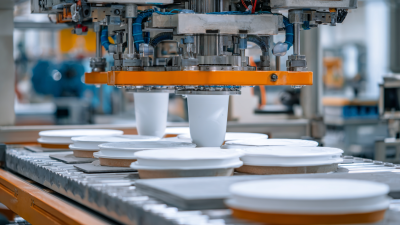
The Future of Best Vacuum Forming Technologies in 2025 Your Ultimate Guide to Innovations
-

7 Best Plastic Storage Solutions to Declutter Your Home Efficiently
-
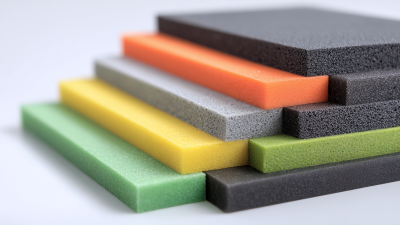
Ultimate Guide to Choosing Foam Inserts for Boxes: Protect Your Products with Confidence
-
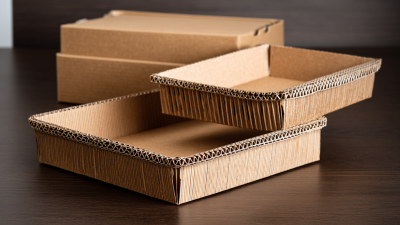
10 Best Corrugated Trays You Should Consider for Your Business
